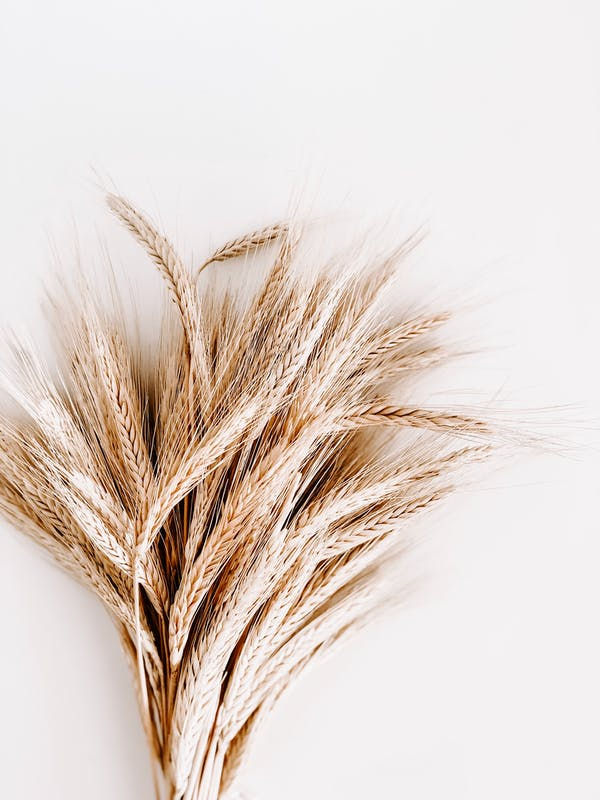Gluten Free V Wheat Free
- Lesley Rix
- Aug 26, 2022
- 3 min read

What is the difference between gluten free and wheat free? This is something that many of my clients get confused about. Gluten is simply the protein part of wheat. And as anyone who has ever tried to avoid gluten knows – it is in everything when you go to the supermarket… There are also gluten free options for everything. Unfortunately that does not make the product any healthier… GF pie anyone? No thankyou.…
If I am honest – gluten free is a term I dislike. Simply because people think the food is better than the regular alternative. Often the gluten is replaced with other nasty ingredients, which can make the food extremely unhealthy (not to mention more expensive)…
But is it only gluten we need to avoid? This is difficult, as for some people simply avoiding gluten will help. For those with Coeliac disease (CD) it is essential, but I would go as far as to say that as they already have an autoimmune disease, my advice would be to completely avoid wheat (not simply gluten). And for others it is not simply a matter of gluten being the only culprit. They may react to other components of the wheat or how the wheat had been grown and sprayed with pesticides and other chemicals.
That is why I ask my clients who need to, to avoid wheat whenever it is humanly possible…. sorry if that wasn't what you wanted to hear!.....
So, who should avoid wheat? Anyone with any kind of gut issues such as irritable bowel syndrome/disease (IBS / IBD) I believe should avoid wheat. Anyone with any autoimmunity, or immune dysregulation. People with hormonal /immune disorders such as endometriosis often do much better once wheat is eliminated. If we want the immune system to be balanced and protective – wheat is often a no go. Now many people argue that it is a natural food product, and yes it was before we modified it, sprayed it, chemicalised it, it probably was a pretty good food. Now it is cheap, processed and in everything….
Just to complicate matters further we have Non-Coeliac Gluten sensitivity NCGS. While potential antigens and biomarkers that may lead to NCGS are still unclear, the clinical presentation of NCGS can include -
Abdominal pain
Bloating
Altered bowel function
Fatigue
Headache
Joint or bone pain
Mood disorders
Skin manifestations such as rashes or eczema
So what can you eat? Well apart from lots of veggies, fruit and some good quality meat – you can also eat the following;
Grains: Buckwheat, brown rice, basmati rice, wild rice, quinoa, amaranth, millet or sorghum. (Some CD patients may have a secondary sensitivity to the grains quinoa, amaranth, buckwheat and millet).
Pastas: Buckwheat noodles, rice noodles, vegetable, corn, spinach or quinoa pasta
Roots and Tubers: Potato, tapioca, arrowroot, sweet potato, parsnip or Jerusalem artichoke.
Legumes: such as beans, lentils, peas or chickpeas.
Oats do not contain gluten, however they contain a similar protein to gluten called avenin, which may elicit a response similar to gluten intolerance/sensitivity in some individuals. In addition, oats are often processed near other gluten-containing grains which may result in cross contamination. For these reasons, Coeliac Australia does not recommend oats as part of a gluten free diet. If we are avoiding wheat for other reasons than Coeliac, I often include them in the diet.
What I often find is when we take wheat out of the diet, the diet suddenly has more veggies and protein at mealtimes – simply because of the vacuum all the bread, pasta, biscuits, wraps and crackers create. The diet dramatically improves as does health and well-being. This is not the case when we simply take out gluten.
Lesley x




Comments